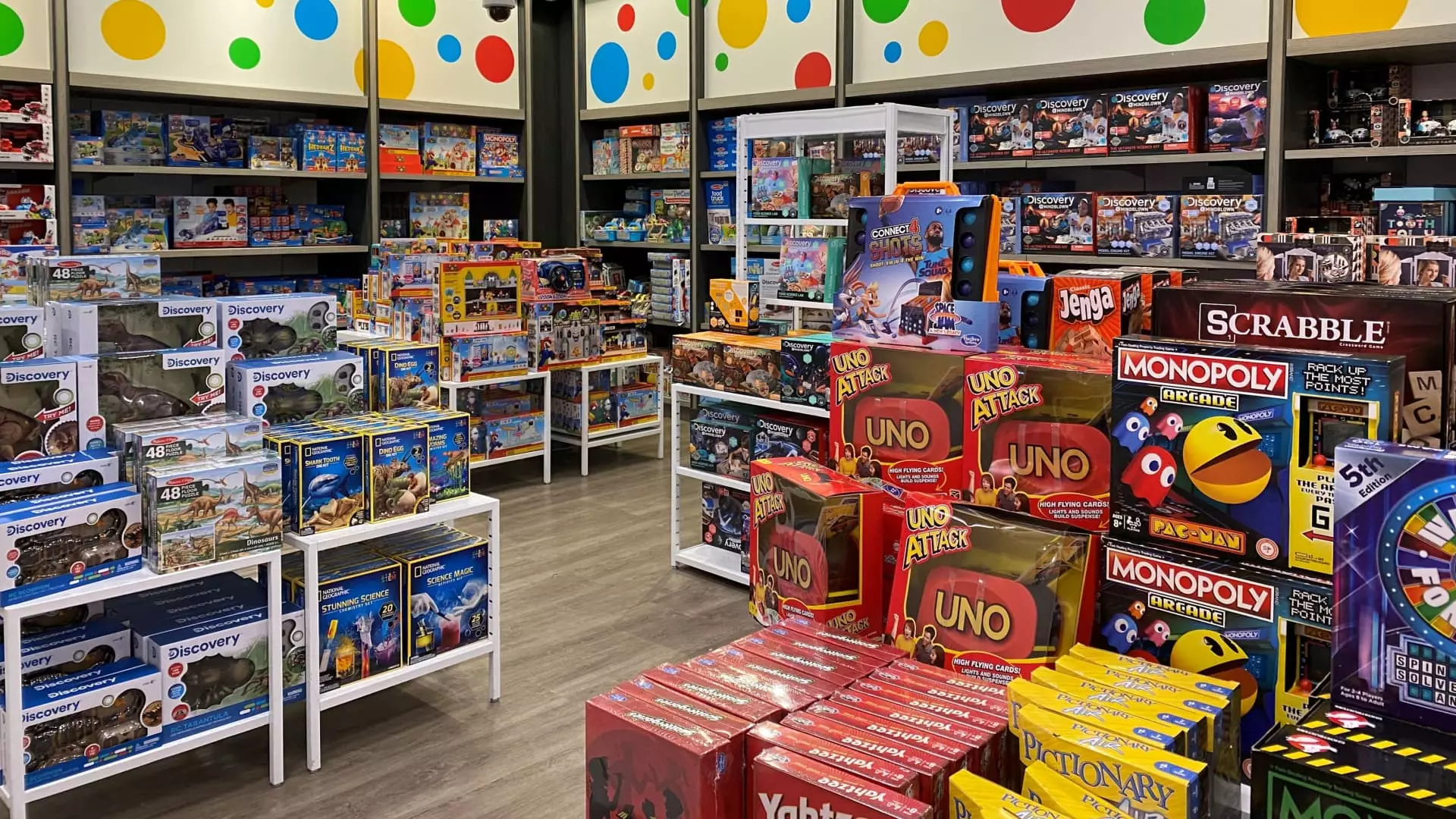In the whimsical world of Toyland, distress signals are blaring as two titans, Mattel and Hasbro, grapple with the harsh realities of an aggressive trade war initiated by President Donald Trump. What was once a flourishing sector characterized by creative innovation and bedtime dreams is now being overshadowed by looming financial fears and shattered stock prices. With Mattel shares plummeting to a dismal $13.95 and Hasbro facing a staggering decline to $49, the fallout is not just symbolic; it is a disturbing wake-up call for consumers and companies alike.
China’s Crucial Role
At the heart of this turmoil is the inherent dependence of the toy industry on Chinese manufacturing. With approximately 40% of their products sourced from China, both Mattel and Hasbro are left vulnerable to the whims of U.S. trade policies. The recent imposition of unprecedented tariffs—145% on Chinese imports—has the potential to disrupt supply chains irreparably. These tariffs are not simply numbers on a balance sheet; they signify a dramatic shift in the cost structure of the industry. Companies that traditionally operated on tight margins are now being forced into a corner, grappling with the decision to either absorb exorbitant costs or pass them on to consumers.
The Consumer Backlash
The prospect of skyrocketing toy prices could not come at a worse time, coinciding with the back-to-school shopping rush. Imagine walking down the aisles only to discover that your child’s favorite action figure or doll has doubled in price. This is not just an inconvenience; it poses a real threat to families struggling to make ends meet. The psychological impact of these price hikes should not be underestimated. Parents who once viewed toys as affordable rewards may now see them as luxuries, fundamentally altering spending behaviors and perceptions of value.
Political Implications and Responsibility
While tariffs may be touted as a strategy to protect American interests, the consequences for ordinary families and iconic brands are dire. It leads one to question: who truly benefits from this aggressive trade stance? The ripple effects extend beyond mere economic metrics and touch the very fabric of consumer trust and brand loyalty. Instead of empowering American manufacturers, this trade war has risked alienating the consumer base that these companies once counted on.
The Future of Play?
As we navigate this precarious landscape, the question remains—what will the future hold for the toy industry? The balance of power seems to lie precariously between political maneuvering and the whims of consumer sentiment. If the current trend continues unchecked, we may be looking at a generation of children who associate playtime not with laughter and creativity, but with anxiety and economic instability. Given the escalating situation, it’s time to reconsider the long-term costs of such a trade war, not just for the giants of the toy world, but for the families that look to them for joy and inspiration amidst a backdrop of turmoil.

